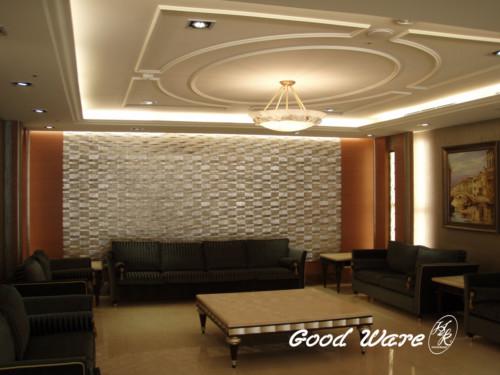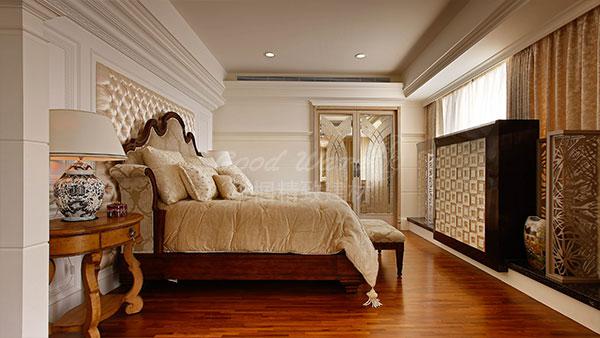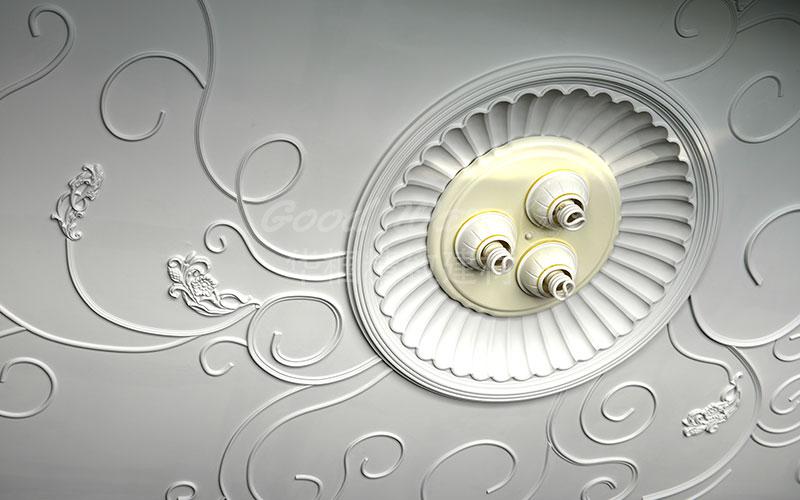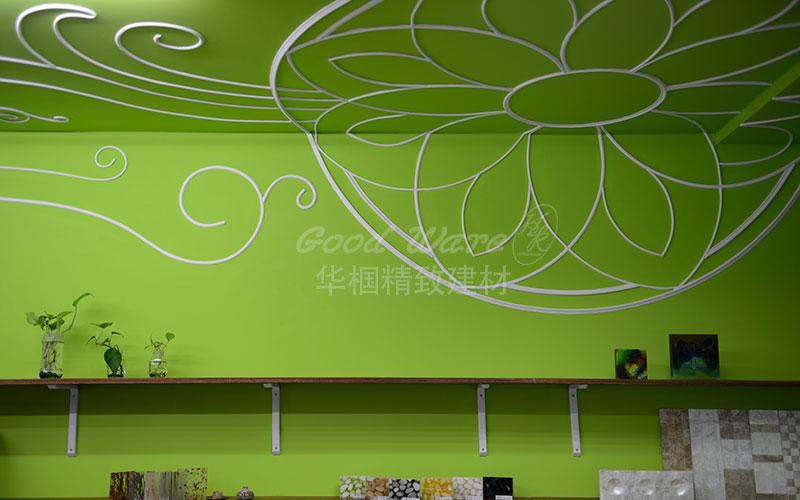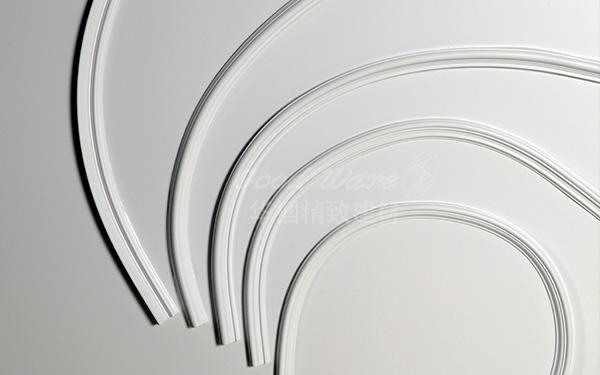History of Victorian Coving Designs
In the eighteenth century, the types and types of Victorian coving designs were greatly increased, and although they were copied from historical examples, they were used and interpreted quite freely. It is the builder, who sells new houses, who have to choose the right mold for the house, which could seriously affect the interests of the purchase of the house. Expensive houses need well-designed molds to prove their price, as well as in low-rise houses, expensive molds are neither suitable nor affordable. Decorative Victorian coving design is used to emphasize the social level.
Decorative Victorian Coving Designs
In general, rooms such as porch, reception room, restaurant, living room and lobby are usually larger and more decorative than private rooms.
Goodware PU material products match the use of each room, such as fruit will be displayed in the restaurant’s molded products, while in the living room floral swag room.

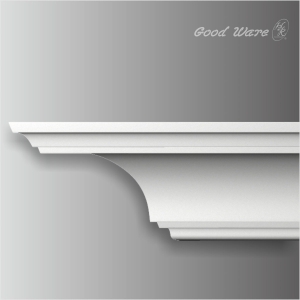 |
 |
|
| HK-462 Contemporary Coving Molding |
SE-C13101 Flexible Cove Molding |
However, in the 19th century, the model became more and more gorgeous, more and more cumbersome, more and more serious details. In the Georgian era, it was fashionable to lean the dining chair on the wall away from the table, so the dado rail or chair track became fashionable to protect the walls from knocking on the door. The dado track will be located 3 to 4 feet from the ground.
Victorian Coving Designs Era
In the Victorian era, putting the chair next to the table was fashionable, so the dado track had no function and disappeared. The wooden picture bar still provides a function that the picture can hang, the skirting board becomes higher, the cornices are deeper to balance the no-eaves.
In the middle of the Victorian coving designs era, the trend was to narrow the strip and plaster on the ceiling. The scene is still a simple annealing, and then in other parts of the mold made of three-dimensional additives applied to the balcony to get more decorative effect.

 |
 |
|
| GM-0131 Polyurethane Molding |
GM-18501 Decorative Cove Moulding |
Ceiling Molding Era
In 1851, gelatin molds exhibited at large exhibitions. And in 1856 invented fibrous gypsum containing brass and lathe, which were lighter and stronger than solid gypsum. The two inventions made it possible to place a long ornamental cornice in the workshop and reliably transport it to the site.
The ceiling is decorated around the ceiling and the lamps hang from them. From around 1840, the roses were discarded and then installed. The decoration on the rose is used to attract the smoke rising from the light, and some even with the grille so that the smoke in the gas can escape through the ceiling.
After 1880, the taste of Victorian coving designs products became more simple as decorative wallpaper became more and more extensive.
Contact info:customer.en@goodware.com.tw

